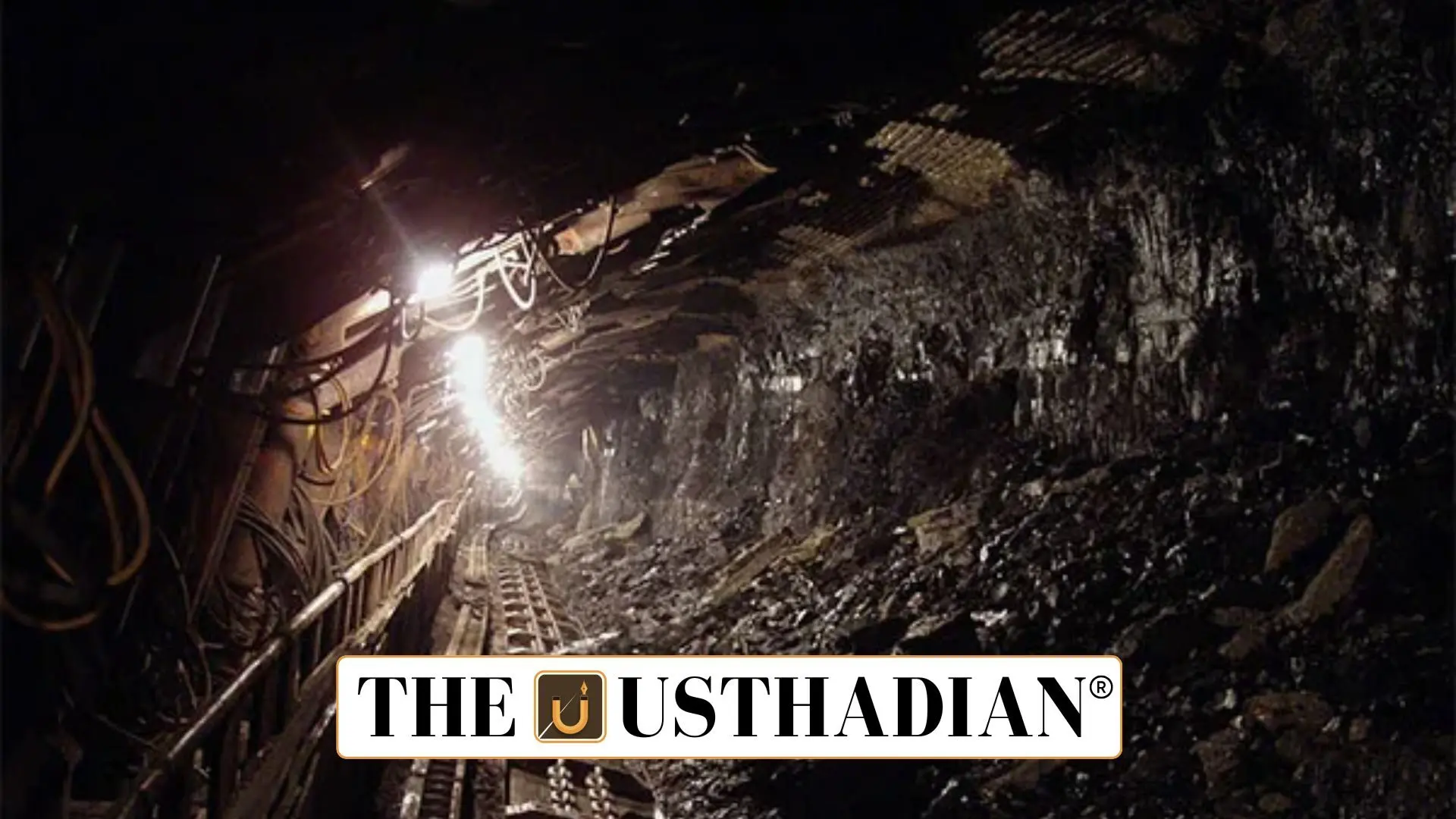Highest recognition for Indian mines
Three Mines Set Benchmark with Seven-Star Honour: India has reached a significant milestone in its mining sector. For the first time, three Indian mines have been awarded the Seven-Star Rating by the Ministry of Mines. This honour signals the country’s growing emphasis on sustainable, safe, and socially responsible mining.
Understanding the Seven-Star rating
The Seven-Star Rating is the highest recognition under the Star Rating Scheme initiated by the Ministry of Mines. It is granted only to those mines that have achieved Five-Star Ratings for five consecutive years and passed a rigorous two-stage evaluation. This includes self-assessment by the mine and independent verification by the Indian Bureau of Mines (IBM).
Static GK fact: The Star Rating Scheme was launched in 2014–15 to promote responsible mining through the Sustainable Development Framework (SDF).
Key evaluation criteria
To earn a Five-Star Rating, mines must score at least 90% in four critical areas: environmental impact management, mine closure planning, welfare of surrounding communities, and transparency in operations. The Seven-Star Rating is reserved for continued excellence, rewarding mines that have made sustainable development an ongoing priority.
Mines that achieved Seven-Star status
The three recipients of the Seven-Star Rating in 2025 are:
- Ultratech Cement’s Naokari limestone mine (first limestone mine in India with this award)
- Tata Steel’s Noamundi iron ore mine
- Sandur Manganese and Iron Ore Ltd’s Kammatharu mine
Among these, Ultratech Cement’s Naokari mine has been lauded for its zero-waste mining techniques. It uses lime sludge and paper mill residue to extend mine life — a standout innovation in resource optimisation.
Social and environmental efforts
The Naokari mine also shines in community inclusion. Its Dharanya Kanya Scheme trains women to operate heavy machinery — a rare initiative in the mining industry. Environmentally, it has installed floating solar panels and uses waste heat recovery systems, helping reduce carbon emissions.
Static GK Tip: The Indian Bureau of Mines (IBM), established in 1948, operates under the Ministry of Mines and is headquartered in Nagpur.
Impact of the Star Rating scheme
The Star Rating framework has sparked healthy competition among mine operators to pursue better environmental practices and social welfare initiatives. Since its inception, the programme has seen increasing participation from mines across the country, showcasing India’s commitment to responsible resource management.
Industry-wide achievements
In 2023–24, a total of 98 mines received recognition, with 95 earning Five-Star Ratings. UltraTech Cement emerged as the leader for the second year in a row, securing the most five-star ratings across various minerals including bauxite, iron ore, and limestone.
Static Usthadian Current Affairs Table
Three Mines Set Benchmark with Seven-Star Honour:
| Topic | Detail |
| Star Rating Scheme Launch | Introduced in 2014–15 by Ministry of Mines |
| Seven-Star Rating Criteria | Five consecutive Five-Star Ratings + two-stage evaluation |
| Evaluating Body | Indian Bureau of Mines (IBM) |
| Headquarters of IBM | Nagpur |
| 2025 Seven-Star Mines | Naokari (Ultratech), Noamundi (Tata), Kammatharu (Sandur) |
| First limestone mine with Seven-Star | Naokari mine |
| Key Social Initiative | Dharanya Kanya Scheme |
| Environmental Innovation | Floating solar panels, lime sludge usage |
| Total Mines Recognised in 2023–24 | 98 (95 Five-Star) |
| Leader in Five-Star Awards | UltraTech Cement |








